Lamium amplexicaule, Henbit
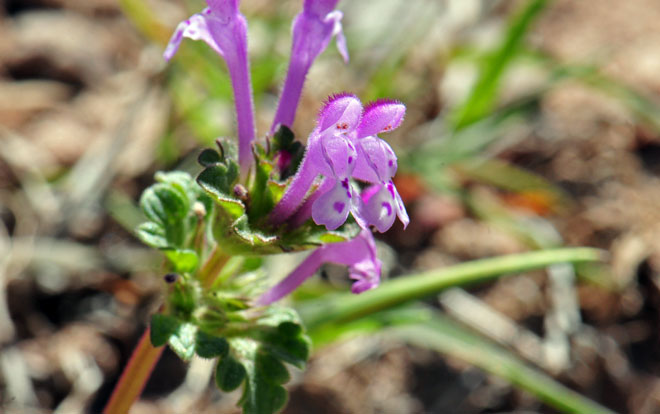
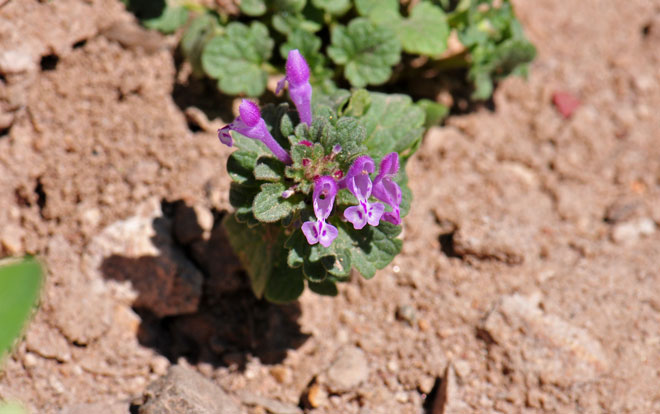
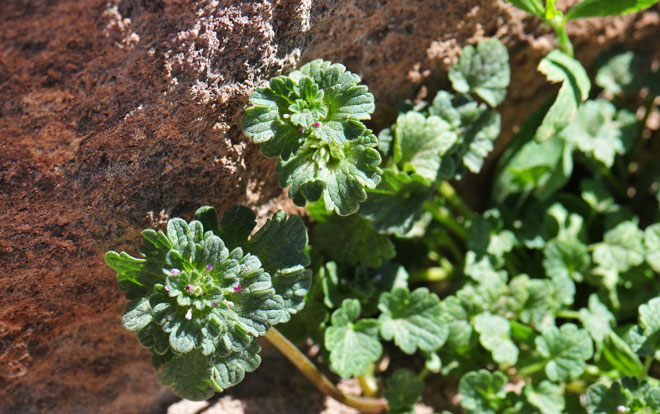
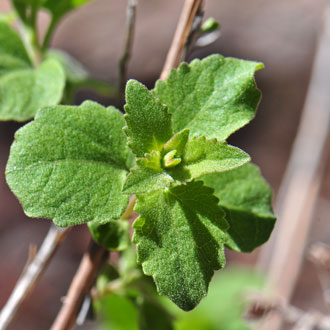
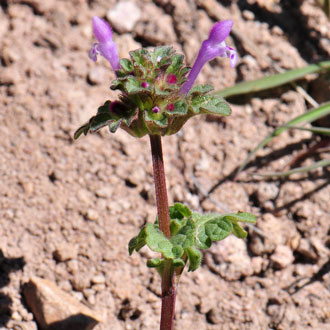
Scientific Name: Lamium amplexicaule
Common Name: Henbit
Also Called: Common Henbit, Dead Nettle, Deadnettle, Dead-nettle, Giraffehead
Family: Lamiaceae or Mint Family
Synonyms: (Lamium amplexicaule L. var. album)
Status: Introduced
Duration: Annual or biennial.
Size: Up to 1 foot or more.
Growth Form: Forb/herb; semi-erect, stems low and decumbent at base, leaf nodes elongated.
Leaves: Green; opposite, soft pubescence, leaves rounded or ovate, margins coarsely crenate or lobed, lower leaves with petioles, upper leaves sessile.
Flower Color: Pink, purple, reddish-purple, white or pinkish spots; 1 to 3 in axils corolla with slender elongated throat, hairy outside and glabrous inside, fruit a 1-seeded nutlet.
Flowering Season: April to October.
Elevation: Below 2,500 feet.
Habitat Preferences: Disturbed areas.
Recorded Range: Henbit is an introduced Eurasia species throughout North America. In Arizona it is found in the north central, central and south central parts of the state.
North America & US County Distribution Map for Lamium amplexicaule.
U.S. Weed Information: Lamium aplexicaule is listed in: Weeds of Kentucky and adjacent states, Weeds of the Northeast, Weeds of Nebraska and the Great Plains, Weeds of the United States and Canada and Weeds of the West. Plants included here may become weedy or invasive.
Invasive/Noxious Weed Information: No information available.
Wetland Indicator: No information available.
Threatened/Endangered Information: No information available.
Genus Information: 5 species in Lamium in North America, all introduced. 1 species in Arizona; 2 species in California.
Comments: Henbit is extensively naturalized in North America. It is a common lawn pest and also found in waste areas. Typical of the Mint family Henbit has square stems and is aromatic.

